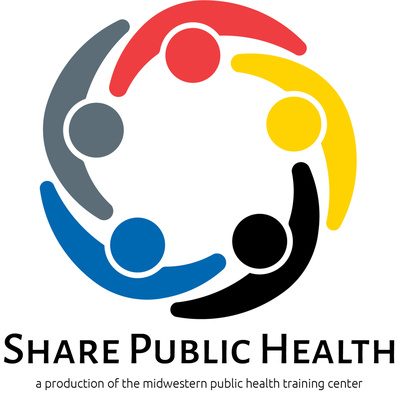Course Description: Recent events have shown the need to reach everyone in the community, including those outside of the "mainstream". Must define these groups, locate them and ascertain how best to communicate with them. Some regions have done more on this than others. In wide-spread emergencies public health efforts must be inclusive. The goal is to make sure every member of the community understands the information needed to prepare, cope and recover from health emergencies.
There are five main sections in this course:
- Risk Communication and Special Populations
- General Strategies
- Specific Strategies
- Scenarios
- Knowledge Bank
Time to complete: 1.5 hours
Learning Objectives:
On successful completion of this course, you will be able to:
- Describe four general strategies to effectively communicate risk to special populations
- Describe methods to identify and map special population groups and explain why it is important
- Utilize community leaders to assist in communicating risk to special populations
- Conduct pre-emergency planning to facilitate communicating risk to special populations
- Describe guidelines for media accessibility
-
Utilize the following information about each of nine special population groups to avoid and/or solve communication problems during an emergency
- Potential communication barriers
- Best methods to deliver the message
- Person(s) best suited to deliver the message
- Any special technical or content issues to consider when delivering the message
Target Audience: This specialized course is intended for anyone responsible for communicating risk to special populations during an emergency situation. Prerequisite course for a basic understanding of risk communication: Don't Panic! Principles of Crisis and Risk Communication Scenario
Access at Risk Communication for Special Populations
Download this information (PDF format)




